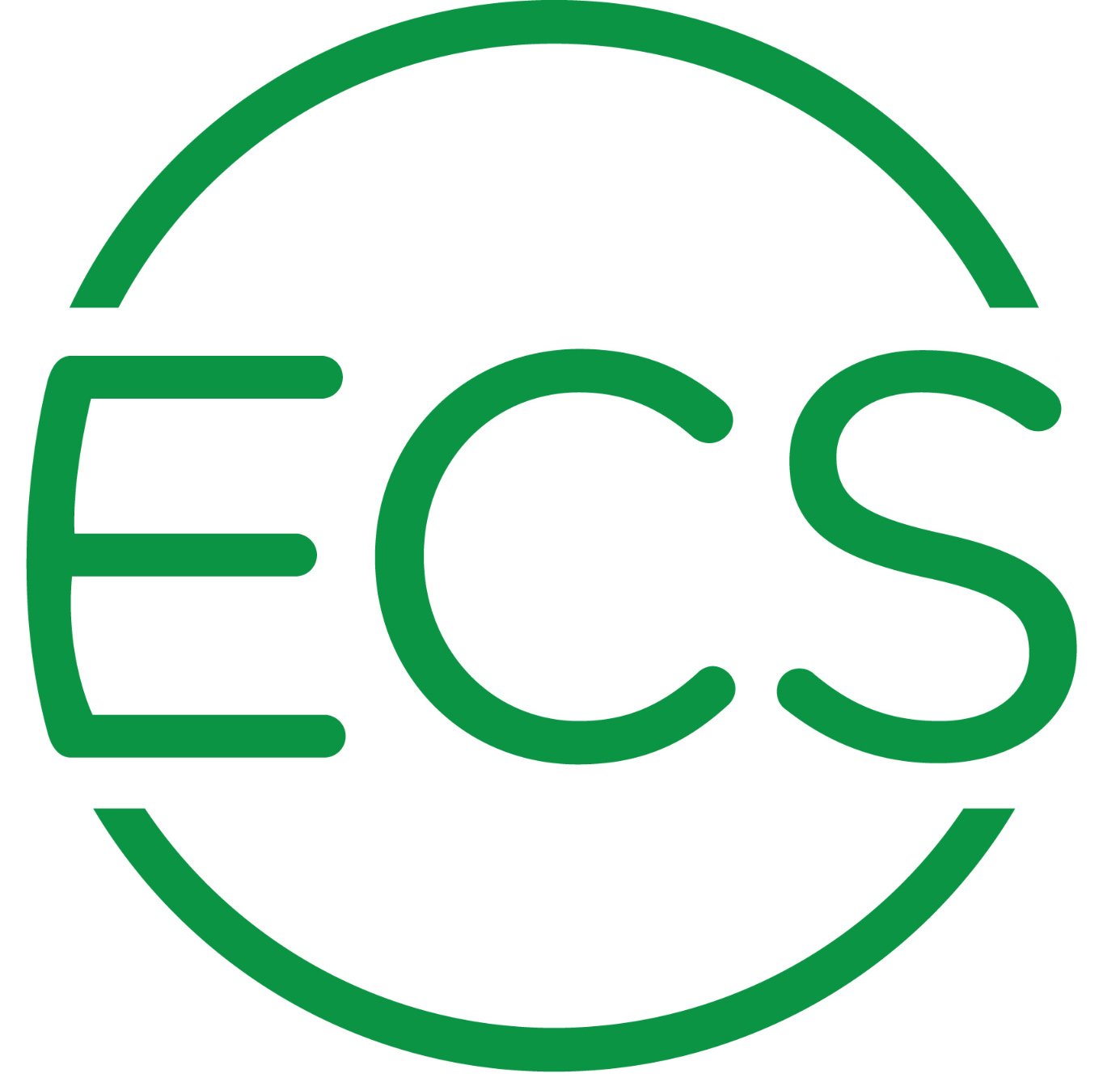With new corrosion mitigation technologies constantly emerging, it can be tempting to opt for one advertised as easier to use, safer, or more cost-effective. One technology that has recently been introduced to the fire sprinkler industry is VpCIs.
VpCIs are currently marketed as the newer and better solution to corrosion, but how safe and effective are they, really? In this blog, we'll take a deep dive into VpCIs and compare them to nitrogen inerting, which has been established as the industry standard for corrosion prevention in wet, dry, and preaction fire sprinkler systems.
What is VpCI?
VpCI stands for Vapor Phase Corrosion Inhibitor. VpCIs work by releasing vapor into the air that forms a protective layer on metal surfaces, preventing corrosion from occurring. The technology itself was first developed in the 1940s and gained popularity in the 1980s for use in the military, to protect firearms and ammunition from corrosion. In the 1980s, it began to be used in industrial applications, such as in the protection of pipes and other metal structures.
Why VpCIs May Look Attractive for Fire Sprinkler Corrosion Control
VpCI has recently gained interest in the fire sprinkler industry because of its ease of application. It can be installed between the existing air compressor and the fire sprinkler system, making it an attractive option for building owners and managers… at face value.
VpCI is marketed as an effective, easy to install and maintain, and low-cost solution to corrosion. ECS dug into these claims, and here's what we found.
Are VpCIs Really Effective?
While VpCI may be efficient in preventing corrosion in some applications, this method is not necessarily easy to maintain. The protective layer created by VpCIs can be disrupted by normal, routine maintenance activities, such as draining or flushing the sprinkler system. This means additional VpCIs must be added each time disruption occurs to maintain that protective layer.
The efficacy of VpCI is dependent on the appropriate dosage being applied to the entirety of the protected surface 100% of the time. It is impossible to test for proper adhesion and coverage in a real-world application and it is unknown how well VpCI protects sections of pipe which are covered with deposits or sludge. Therefore, any internal pipe surface that is not properly coated will be vulnerable to oxygen corrosion with no way to know where or when a leak will occur.
Possible Costs of VpCI
The cost-effectiveness of VpCI is also questionable. The cost of the technology itself is relatively low, but as noted above, the cost of ongoing maintenance and reapplication can quickly add up.
One particularly high-cost item often overlooked in this cost analysis of VpCI is a Reduced Pressure Zone (RPZ) backflow prevention device required by The International Plumbing Code (IPC) in any fire sprinkler system using chemical additives. IPC Section 608.17.4.1 requires systems containing "chemical additives or antifreeze" to be "protected against backflow by a reduced pressure principle backflow prevention assembly." And make no mistake: VpCI is a chemical additive. The added cost of an RPZ can exceed $20,000 and create further hidden costs if the fire sprinkler or fire pump room is not equipped to handle the drainage demand of an RPZ backflow preventer.
Additionally, the long-term effects of VpCI on the environment and human health are not yet fully understood, which means that there may be additional costs down the road. While this approach is currently considered safe for use in fire sprinkler systems, there is still much that is unknown about the long-term effects of exposure to VpCIs.
Unknown Future = Solid Investment?
Because VpCI is a relatively new technology in terms of fire sprinkler corrosion mitigation, there is still much that is unknown about its long-term effects. This makes it difficult to determine whether it is a solid investment for building owners and managers.
The question remains:
Is VpCI worth the gamble? How much risk are you willing to assume?
Nitrogen Inerting: Safe, Efficient, Cost-Effective
The industry standard for corrosion prevention is nitrogen inerting. Since oxidation is the cause of internal sprinkler pipe corrosion, nitrogen inerting works by replacing the oxygen in sprinkler piping with nitrogen, creating an oxygen-free environment. Corrosion cannot take place in this situation.
The process of nitrogen inerting is relatively straightforward. Nitrogen gas is introduced as the system supervisory gas to displace corrosive oxygen. High-purity nitrogen is used to continuously maintain supervisory pressure on the system, resulting in an oxygen-free environment. Nitrogen inerting has been used in the fire sprinkler industry for over a decade and is a proven method of safe corrosion prevention.
Nitrogen vs. VpCI
When comparing nitrogen inerting to VpCI, there are several important differences to consider:
Safety
Nitrogen inerting is a safe method of corrosion prevention. Nitrogen is non-toxic, non-flammable, and does not pose any significant health risks to humans. Nitrogen makes up over 78% of the Earth's atmosphere and the air we breathe.
VpCIs, on the other hand, are new to fire protection and have not typically been used in environments where there is an exposure risk to the general public. There is much that is unknown about the long-term effects of VpCI on human health and the environment.
Further, nitrogen levels can be continuously and instantly monitored while VpCI levels cannot, which can result in a significant exposure risk.
Efficacy
While VpCI may be effective at preventing corrosion in the short term, the need for ongoing maintenance and reapplication means that its long-term efficacy is still questionable. Nitrogen inerting, on the other hand, provides a continuous oxygen-free environment that can be monitored, making it a more reliable long-term solution.
There is no significant long-term evidence that shows VpCIs are effective at controlling corrosion in complex networks of small-diameter pipes. Historically VpCIs have been used in large-volume contained environments, such as shipping containers or materials in unoccupied storage.
Ease of Install and Maintenance
While VpCI may first appear easier to install in existing systems, the requirements for ongoing fire sprinkler system maintenance and VpCI reapplication means that it is not necessarily easier to maintain than nitrogen inerting.
The inability to quickly and accurately test for VpCIs creates a lack of feedback for building maintenance personnel that introduces more opportunities for human error. Nitrogen inerting requires a one-time installation with annual low-cost preventative maintenance and real-time monitoring, making it the more convenient option to maintain over the life of the system.
COST-EFFECTIVENESS
While the initial installation cost of VpCI may appear lower than nitrogen inerting, the added cost of an RPZ-type backflow preventer alone can quickly tip the scales in favor of nitrogen. The need for periodic VpCI canister replacement and resulting reapplication means its long-term cost-effectiveness is also questionable.
On new construction projects, the cost-effectiveness of nitrogen is further enhanced when the fire sprinkler system design can utilize a preferred coefficient of friction (C Factor) that will result in reduced pipe sizes, smaller sprinkler heads, or possibly the removal of a fire booster pump to meet water flow requirements.
If you are evaluating corrosion prevention for your fire sprinkler system, it is important to consider all your options and make an informed decision. Carefully review all product literature to understand hidden costs and risks associated with a product. Contact your local fire official and water authority to confirm local requirements for the use of chemical additives.
Even better, speak with a trusted corrosion prevention specialist to learn more about the benefits of nitrogen inerting and whether it is the right solution for your needs.



